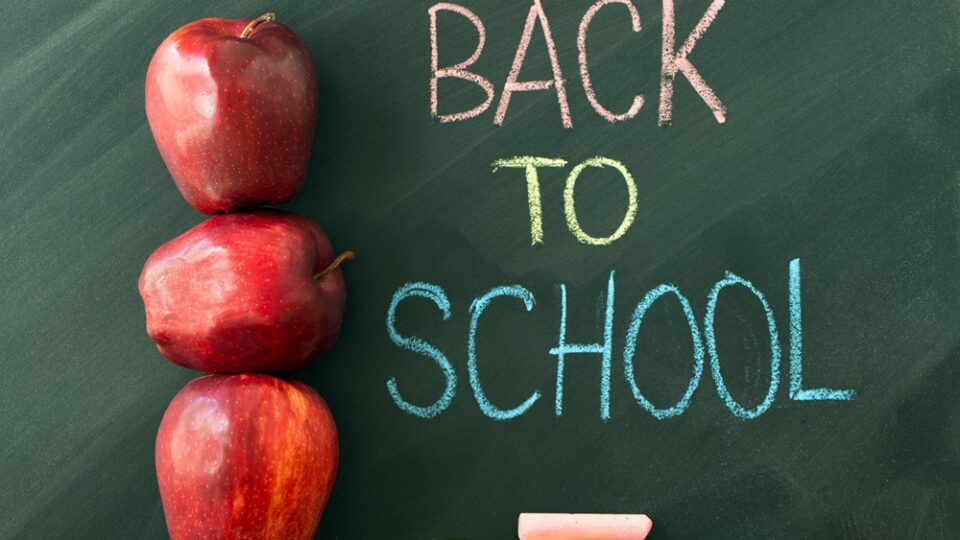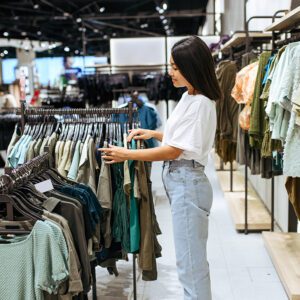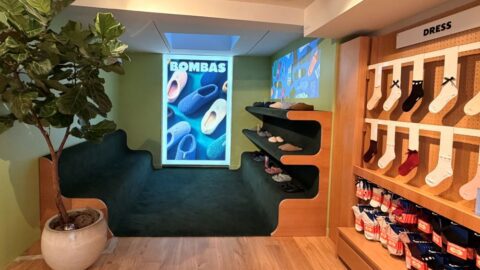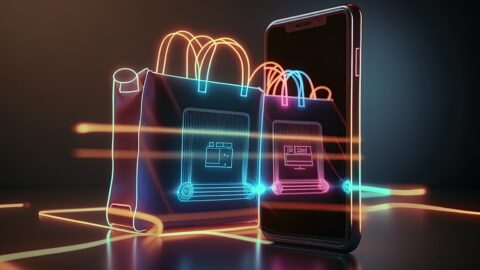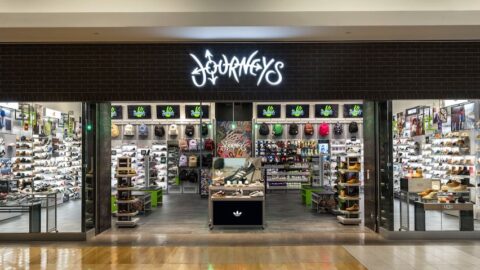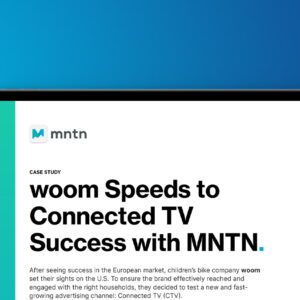Schools are already open in some parts of the country, but the 2025 back-to-school (BTS) shopping season still has a few weeks, if not months, to run. It’s been a season marked by value-seeking and bargain-hunting by consumers; however, using data based on primary and secondary research, NBCUniversal still forecasts a 3% increase in overall BTS spend. (In July, the National Retail Federation forecast a more modest 1.5% increase in total BTS spend, rising from $38.8 billion in 2024 to $39.4 billion this year.)
“Back-to-school is one of the most important things for parents and caregivers in terms of investing and planning for their children’s future,” said Gina Reduto, EVP of Strategy, Advertising and Partnerships at NBCUniversal in an exclusive interview with Retail TouchPoints. “It’s sort of immune to some of the [economic] trends at play, because every parent wants to set up their child for success.”
In fact, 75% of K-12 parents and 77% of college parents view BTS purchases as an important investment in their children’s education, according to NBCU data, with 89% of K-12 parents feeling a strong responsibility to provide their children with everything they need for BTS.
But even if an uncertain economic environment isn’t causing consumers to significantly cut their total BTS budgets, it has made them examine their purchase decisions more carefully, potentially switching retailers and/or brands if they offer lower prices. “That’s why we see brands clamoring to make sure they are the brand consumers consider, because consumers are making decisions not about the purchase itself, but the brand,” said Reduto.
Reduto noted that NBCU’s advertising and marketing innovations, including contextual advertising, help brands “show up in the right moment based on where [the shopper] is in the consumer journey. They’re looking at all the moments that match the brands’ BTS messaging and [can] drive higher levels of impact.”
Consumers Combine Careful Shopping with Product Reuse Plans
The desire to get the most bang for their BTS buck has shoppers finding new ways to cut costs:
- 65% of college student parents and 59% of K-12 parents compare prices across stores to prepare for BTS shopping;
- 75% of college parents reuse as many items as possible from previous years, and 59% of college students borrow items from siblings or other family members; and
- Across segments, the top two shopping factors are “low prices without needing promotions” and “discounts/deals.”
The search for value may also help explain the lengthening of the BTS season, which now starts as early as the July Amazon Prime days, or even earlier. “Consumers are faced with a large number of choices, so they will do their research — that’s a key part of why the process starts earlier,” said Reduto. BTS often includes products that are a more considered purchase than basic school supplies, such as electronics and to a certain extent apparel, and “there’s so much information that it’s a longer [shopper] journey,” she noted.
The BTS Ripple Effect
The NBCU data also reveals how much of a driver BTS shopping is for non-“educational” product categories. While 98% of BTS shoppers are purchasing school supplies, 89% also are buying clothing/apparel, 51% are purchasing food/snacks, 33% are buying electronics, and 16% are buying home goods.
BTS shopping trips also are likely to include:
- Grocery shopping: 87%
- Other household purchases: 83%
- Clothing purchases for themselves/other family members: 71%
- Eating at restaurants: 68%
- Going to the movies: 40%
- Making unrelated electronic purchases: 40%
- Making home improvement purchases: 36%
“Back-to-school shopping doesn’t stop the day that school starts,” said Reduto. “That’s where we’re really focused on working with brands, at that moment and throughout the year, helping them grow their customer base.”




